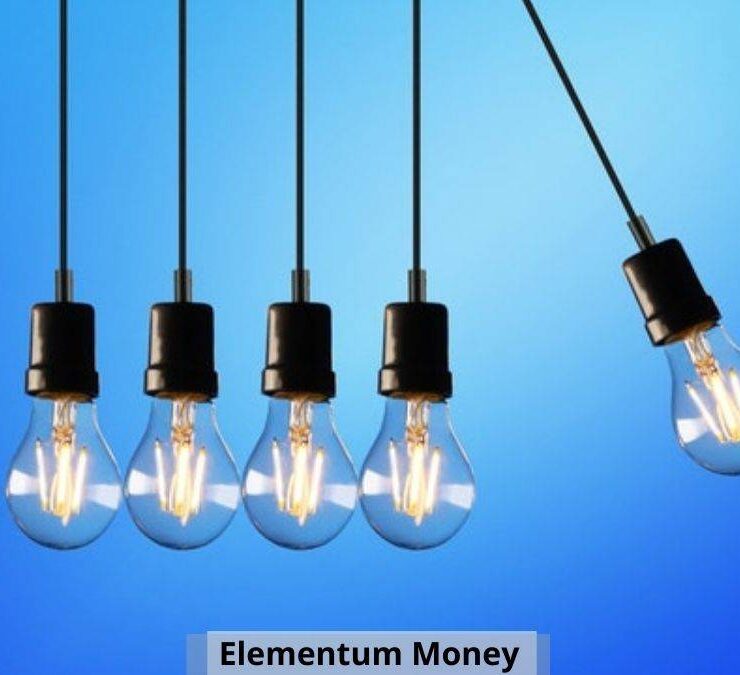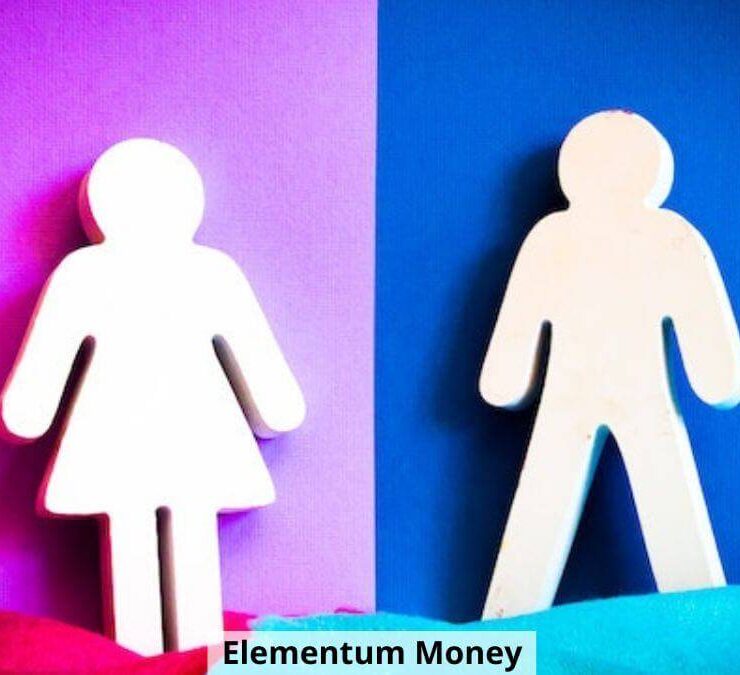Elementum Money was born out of my passion for Personal Finance and especially seeing the dearth of such knowledge and interest among women. That makes Women’s Day quite an occasion for me and Elementum Money. Last year, I was able to make it really special with these 6 fellow bloggers who are now close digital friends as well, to talk about their journey into the realm of Personal Finance. This year, I decided to make it a more introspective celebration by mulling on just one word – Feminism.
As a child studying in one of Delhi’s prestigious co-educational school, the word didn’t really hold much meaning for me. It was only when I moved on to a fiercely proud all-ladies institute – Lady Shri Ram College in Delhi that this awareness started festering in. The one word I still associate with college is intellectualism. There were enough and more debates to rouse in me a good idea of what feminism intends to achieve and it’s journey through time.
Feminism or striving to achieve gender equality, is one term which inspires a myriad reactions from various corners of the population. There are enough men who groan at the mere mention of the term, assuming it means doling out of freebies in the name of getting women to equality. There are people on both sides of the gender divide who believe feminism means aggression and anger at the current situation. In some ways, feminism is like money – it only makes some body’s true emotions come out stronger without having any such trait of itself.
Before I go rambling away with no direction in sight, I want to bring this conversation back to the two broad kinds of feminism I have noticed in the recent past. This is very different from the formally recognized strands of feminism as per Wikipedia. While I have already talked about my personal take on financial feminism, when it comes to just feminism, I think like economics we can look at Macro and Micro feminism.
Macro Feminism
This strand of feminism is based on the hypothesis that women are served an unjust hand of cards. It strives to improve the balance by bringing about broad changes to enhance the opportunities given to women. When it comes to action, this type of feminism translates into movements and reform-based actions towards making legislative changes to make room for more women.
For instance, reservation bill for women in legislature is one such act. Getting more women into corporate board rooms is another such act. So, is more conversations about the wage gap and getting corporates to change their ways around it.
Micro Feminism
The micro strand of feminism also acknowledges the gender imbalance but rather look at the why of it that can be changed by making grass root level changes. So, it looks more towards actionables for women and the support system around them to make the situation fairer for them at a basic level.
So, if there is a gender pay gap, can the negotiation skills be improved for women? If there are women who are in the dark about household finances, can they be educated about personal finance? If women have to take too many breaks, can there be better daycares or can the male mindset be improved to contribute more in the house?
While one of these strands is not better than the other, personally I am more of a fan of the micro feminism. Probably like Jack Canfield says in his Success Principles, I would rather take action than wait for the situation to change. Elementum Money remains my effort at the Mirco stream of feminism.
Happy Women’s Era… Who says, only 8th March is a day for Women? 🙂





Leave a Reply